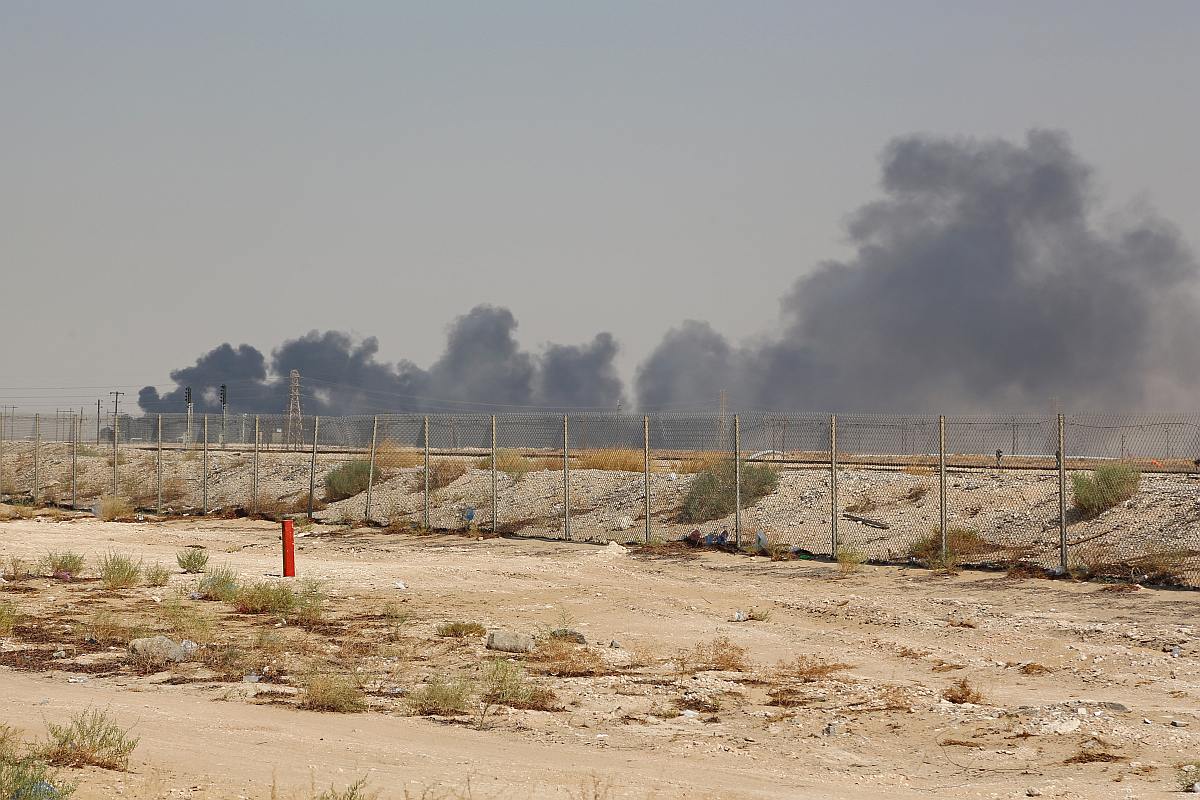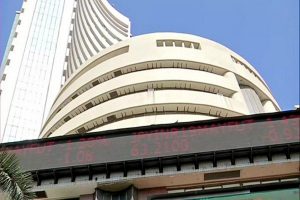After world’s largest oil refinery in Saudi Arabia was attacked by Yemen’s Houthi rebels on Saturday oil prices surged more than 10 percent on Monday.
The attack on two major Saudi Aramco oil factories in Abqaiq and Khurais provinces on Saturday slashed output in the world’s top producer by half, with US President Donald Trump blaming Iran and raising the possibility of a military strike on the country.
Advertisement
West Texas Intermediate jumped 10.68 percent to $60.71 and Brent climbed 11.77 percent to $67.31 in early Asia trading following the blasts at facilities run by state-owned giant Aramco.
The attack by Tehran-backed Houthi rebels in neighbouring Yemen, where a Saudi-led coalition is bogged down in a five-year war, effectively shut down six percent of the global oil supply. Brent soared almost 20 percent at one point on Monday, while WTI surged around 15 percent before paring the gains.
Trump said Sunday the US was “locked and loaded” to respond to the attack, while Secretary of State Mike Pompeo said, “The United States will work with our partners and allies to ensure that energy markets remain well supplied and Iran is held accountable for its aggression.”
Tehran denies the accusations but the news has revived fears of a conflict in the tinderbox Middle East after a series of attacks on oil tankers earlier this year that were also blamed on Iran.
“Tensions in the Middle East are rising quickly, meaning this story will continue to reverberate this week even after the knee-jerk panic in oil markets this morning,” said Jeffrey Halley, senior market analyst at OANDA.
According to New York Times, the attack could cripple a portion of Saudi petroleum exports for days or even weeks which has sent energy prices substantially higher. But experts say that a severe shock to energy markets and the world economy is unlikely with US ready to release supplies from the Strategic Petroleum Reserve, an attempt to calm oil markets











